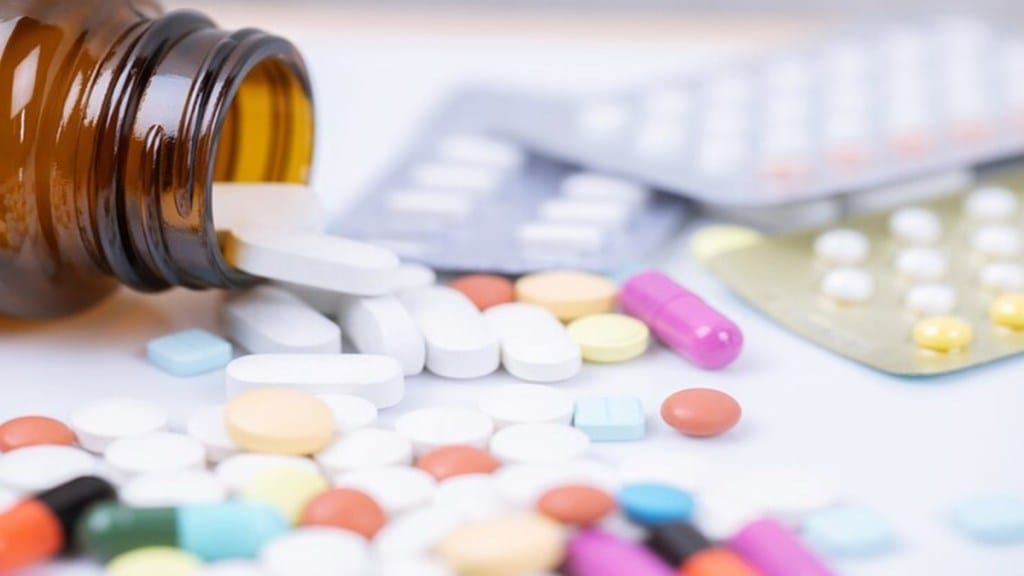In a boost to the pharma sector, the government has slashed the goods and services tax (GST) rates on all pharmaceutical formulations from 12% to 5%. Further, exemption is provided for 33 lifesaving drugs where the tax rates have been brought down from 12% to zero in addition to exempting three more critical medicines that are used to treat cancer, rare and chronic diseases from 5% to nil.
The reduction in GST rate has been accompanied with certain reforms wherein the pharma companies will be able to claim 90% provisional refunds arising from the inverted duty structure. The government, under the new regime, will have to process these refunds within 7 days from the date when the claims are submitted. There has been no tax reduction for the APIs (active pharmaceutical ingredients) which have been kept at 18%.
Addressing the inverted duty structure and working capital issues
Experts said that even though the inverted duty is going to expand from 6% previously to 13% from September 22, the new refund procedure should help resolve the working capital issues that the industry has been facing due to the delays in the refund process.
Another concern of the industry is that the refund claims are going to be assessed by the government based on their own risk analysis parameters. “If the government is going to assess the claims based on its own parameters, it lead to a difference in the amount claimed by the companies and the actual refund granted. One has to look at how these reforms will be implemented,” said the head of a pharma advocacy group.
Joydeep Ghosh, partner and life sciences & healthcare industry leader at Deloitte India said that even though the GST rejig is a progressive move that reflects the government’s commitment to citizen welfare and industry growth, the industry hopes that the GST council will address some key gaps, particularly by reducing the GST rate on APIs to align with the rate on formulations. “This alignment would help prevent the inverted duty structure, improve working capital, and strengthen domestic manufacturing,” he said.
Impact on patient care and industry growth
Broadly, the pharma industry experts believe that the rate rationalisation would substantially improve the accessibility and affordability for a wide variety of healthcare consumers.
Bhavin Mehta, vice-chairman of Pharmexcil said that the rate cuts would translate into higher demand, particularly for chronic and high-value therapies where even small reductions in cost influence treatment adherence. “While companies may see some adjustment in input credits, the net outcome should be positive as affordability drives greater consumption and compliance. For patients and families, this move brings direct financial relief,” he said.
Meanwhile, the government has also reduced GST rates on medical devices from 12% to 5%. This includes key devices such as anesthetics, medical-grade oxygen, gauze, bandages, diagnostic kits, surgical gloves, glucometers, thermometers, and other appliances.
Rajiv Nath, Forum Coordinator, Association of Indian Medical Device Industry (AiMeD) said that the MedTech industry expects the government to provide a transition period to switch packaging material to avoid persecution under anti-profiteering measures. “We intend to pass on the GST reduction benefits to the end consumers by reducing MRP proportionately,” he said.

